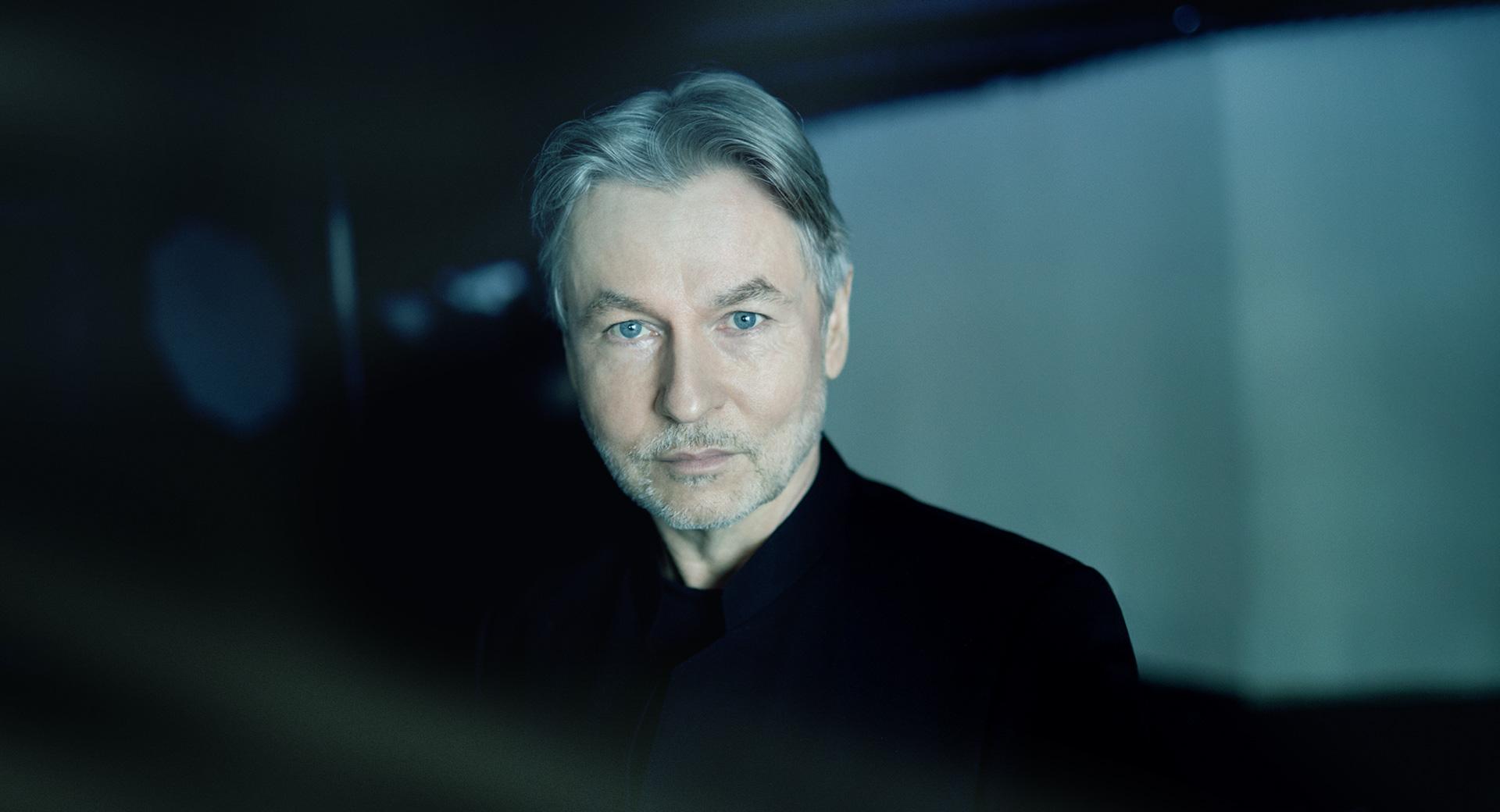Salonen meets Polstjärnepriset Symphony Orchestra
Polstjärnepriset is a prize for 14- to 18-year-old musicians that has been awarded since 2007. The 2023 winner – the cellist Inez Karlsson – and the Polstjärnepriset Symphony Orchestra perform a programme including Antonín Dvořák’s Rondo in G minor for cello and orchestra and Johannes Brahms’s fourth symphony. The conductors are Marco Crispo and Esa-Pekka Salonen.
This production is part of one or more concert series.

Polstjärnepriset is organised by the National Centre for Music Talents. The centre involves eight of the country’s professional orchestras (including the Swedish Radio Symphony Orchestra), as well as music colleges, Regional Music in Sweden and the municipality of Vänersborg, where the association is based.
Ever since 2007 the Polstjärnepriset has been awarded to classical instrumentalists aged 14-18. Last year’s competition was the first to be open to candidates from all the Nordic countries.
The 2023 winner was the then 15-year-old cellist Inez Karlsson, who impressed the jury and was described as “an elegant musician with great focus and a wonderful sound, and with a strong and natural presence that moves the audience – a young performer whose talent will take her wherever she wishes to go.”
As well as being awarded the SEK 50,000 prize, the winner also gets to perform in Swedish Radio’s Berwaldhallen as part of the Baltic Sea Festival. On 26 August Inez Karlsson and the Polstjärnepriset Symphony Orchestra take to the concert stage, and at the baton are Marco Crispo and Esa‑Pekka Salonen, who are sharing the conducting.
Musically the programme traverses the globe, and features 19th- to 21st-century works by Edvard Grieg (Norway), Carl Nielsen (Denmark), Antonín Dvořák (Bohemia), Igor Stravinsky (Russia), Dag Wirén (Sweden) and Robert Davidson (Australia).



